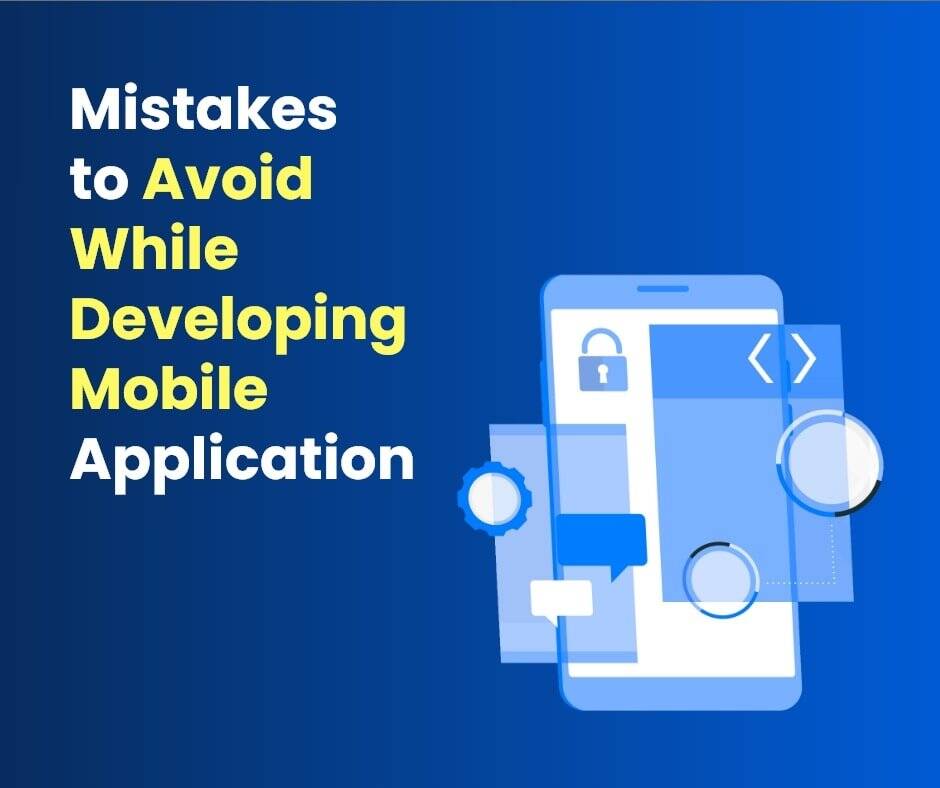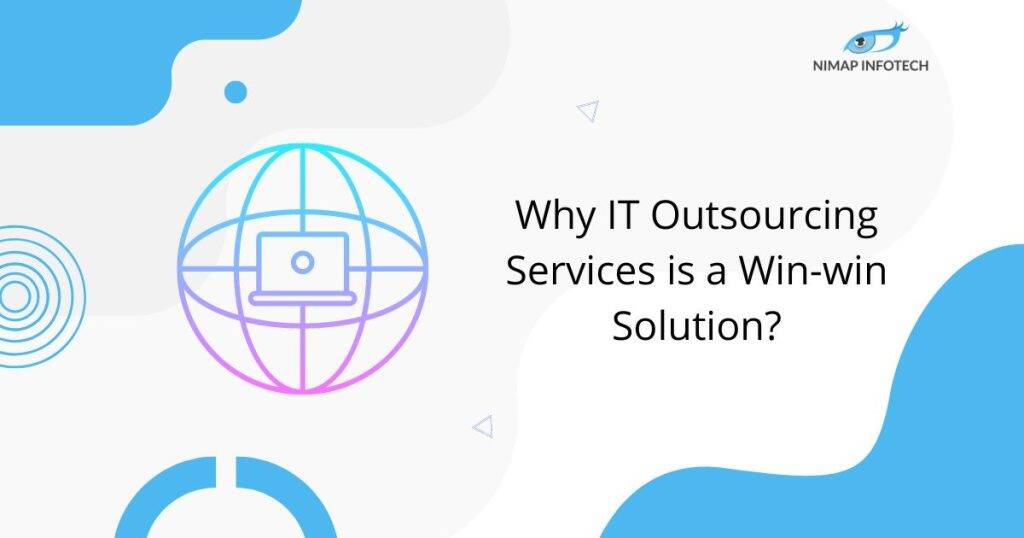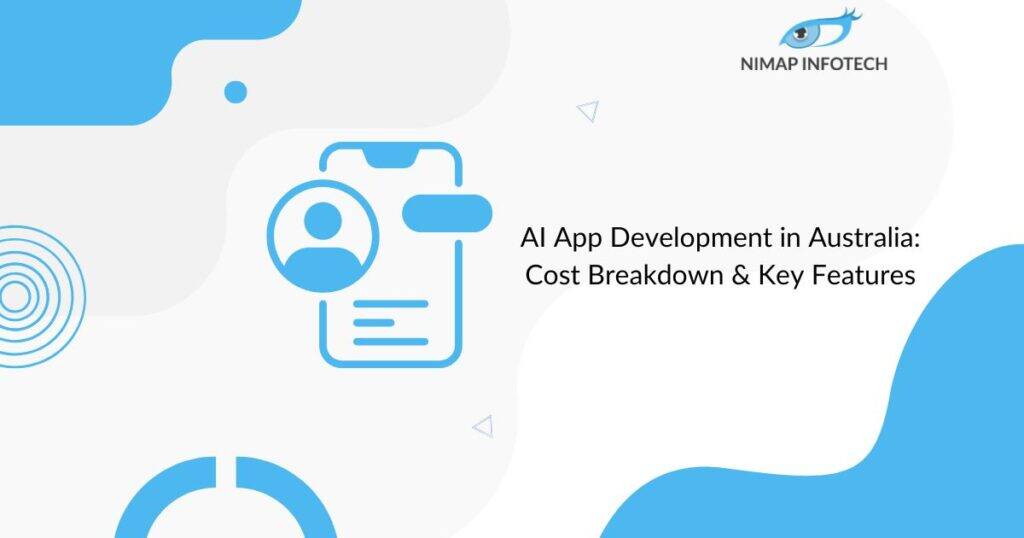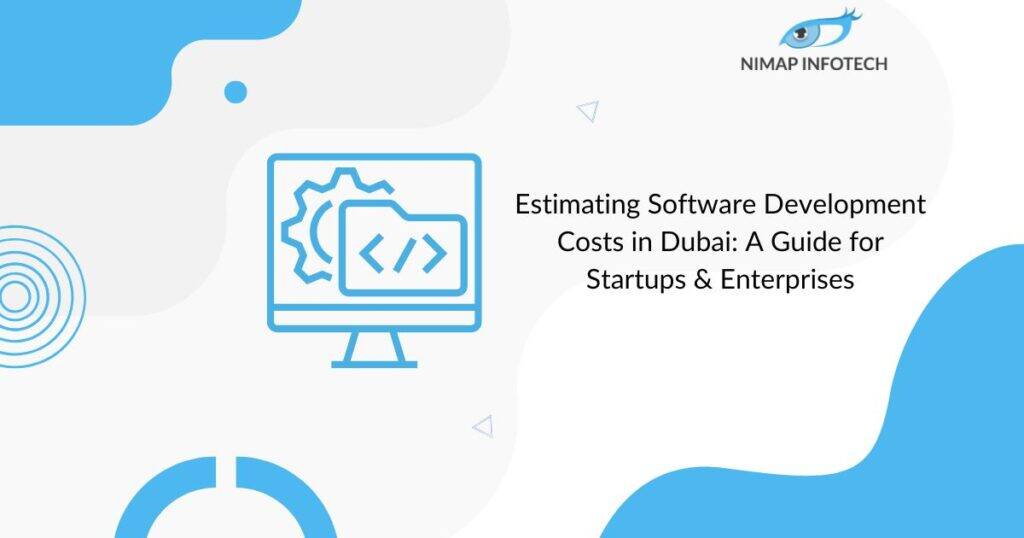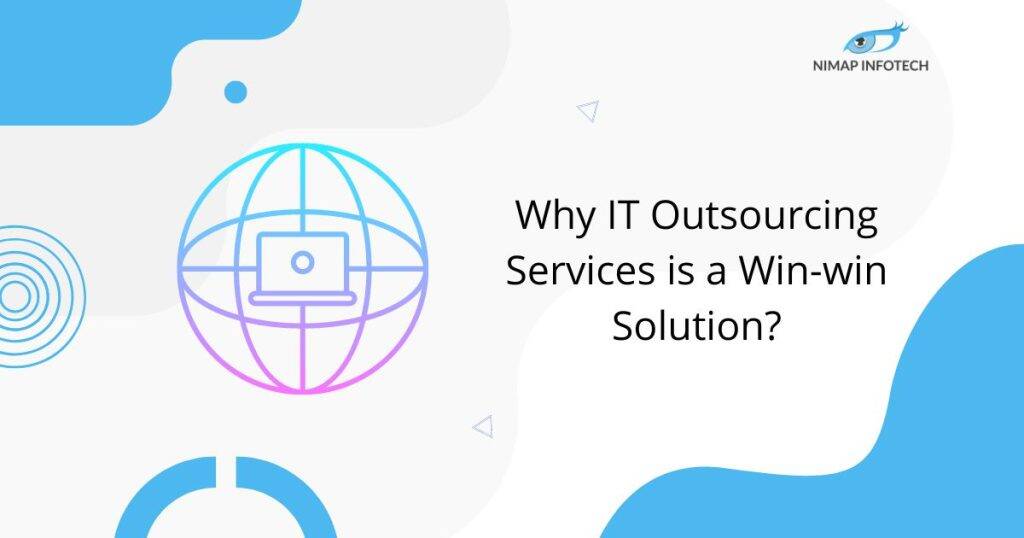Building a successful or a popular mobile app that caters to your business as well as to your customers is not an easy task. Many business owners and proprietors tend to make silly and common mistakes that directly affect the outcomes.
A mobile app or a mobile website can be always posed as a goldmine of your business. It can help you boost or optimize your marketing efforts. There are many departments such as Sales, revenue, and internal business processes a can have an impact-full drive. Having a mobile app or a website or web application for your business means you can target a whole new set of audience and generate new streams of income.
However, it is not as easy or it’s not as straightforward as it may seem. According to Statista, the global surveys autority, there are already more than 3 million apps on Google Play Store and Apple Store combined.
So how do you make sure that your mobile app stands differentiates itself from the numerous app out in the crowd and provides a real competitive edge to your business? You need to avoid the typical app development mistakes business owners make.
Table of Contents
ToggleHere are some Common Mistakes to Avoid When Developing a Mobile App for Your Business
- Developing a Mobile App when it is not required or When There’s No Real Need
- Not Doing Your Research
- Setting an Unrealistic Budget
- Communicating Unclear Briefings
- Having Too Many Features and Functionalities
- Not Developing a Cross-Platform Strategy
- Focusing Too Much on the Appearance and the looks While Forgetting the Customer
- Failing to Develop a Marketing Strategy
1. Developing a Mobile App when it is not required When There’s No Real Need:
Many business owners and proprietors have been approaching us with an “awesome” mobile app idea for their business. However these ideas do not have the real spark or they have no real impact on the consumer market. Mobile apps that are fruitful can provide a helping towards expanding the customer base, but developing an app that has no demand is a terrible mistake.
Mobile app development or programming and designing them has always been and will remain as always a time-consuming business and expensive process. If no one or your customers refrain from or using your app, it could put a big financial burden on your business.
You need to clearly define your values through your app as well as all of your business objectives and see if the app fulfills those objectives. Businesses which want to always connect to and make purchases through their app.
The first step is that you need to do is to figure out the problem areas of your business and the requirements of your customers. Then see if a mobile app or a mobile based website can help you to fix the issues and live up to customers’ expectations. If it is yes for your objectives, then continue with the app development process. This is the most crucial step as requirements definition will clear your thought process. You can get clarity to see if software development for mobile can solve your real life problem or not.
2. Not Doing Your Research:
This goes hand in hand as well as in line with the above point. Business owners and proprietors have to do enough research before deciding to develop a mobile app. Remember, every business that is based or started as well as its and app development process has a different set of objectives. You’ll have keep in mind and consider a large number of factors before starting.
Never jump to the conclusion directly as well or based on just pure Google research. You need to think about primary objective of your app, the nature of your business, target audience, competition, and your unique selling proposition (USP).
When it comes at a stage in order to developing a mobile app for your business, thorough research can help you save tons of money. Ensure that you do your research part thoroughly and adeptly. It is essential for you to know what business problem will be solved when you go through the mobile application development route.
3. Setting an Unrealistic Budget:
You need to have a fixed and feasible or affordable budget in mind. Setting a non-realistic budget or a figure that is way feasible than it seems to be is another common mistake people make.
Developing a custom mobile app that runs on the android or iOS platform means you have to hire a team of developers, designers, and app marketing experts. Plus, the development process will seem to be taking only can take a few weeks or a couple of months, based on the features, functionalities, and the overall complexity of your app.
Mobile technology has been rapidly evoving and changing day by day with the introduction of new technologies like artificial intelligence (AI), virtual reality (VR), and augmented reality (AR). It makes complete sense and understanding that the development process even more complicated and time-consuming.
You need to perform thorough market research by receiving quotes from different companies and freelancers. This will enable you to have an understanding or give you an idea of what you will potentially spend.
Building a mobile app or a website for your consumes to gain for your business is no small expense. There are some cheaper options available that you can do, but they don’t guarantee the best results. You need to make sure that you discuss the requirements and objectives with the developer before finalizing the budget. Do not make the mistake or either overestimating or underestimating your business budget requirements. Get maximum quotes from reputed software development companies to see which approach seems fit for your budget requirements.
4. Communicating Unclear Briefings:
It’s important and is in benefit to understand that you need to clearly communicate your expectations in the beginning.
The best way to avoid confusion or have a strict vision is to explain to the developer what exact features you need within the app, and with the help of visuals. You need to begin or start by creating flowcharts, diagrams, and sample sketches of the screens so that the designers and developers get the idea.
Explain each element or component that you have in the sketch, what should happen when users click a specific button, which screen should appear after a particular activity, and everything that you want in the app.
This will also help you in setting and creating a feasible and affordable as well as realistic budget as the developers know exactly what needs to be accomplished and how much time it would take. Ensure that you have clarity and communicate all the stakeholders roles perfectly.
5. Having Too Many Features and Functionalities:
It’s great to have an app for your business but it should have that spark or some unique functions and features. But, wanting an app with almost all of the features and functionality is not a smart move.
Remember or you should keep in mind that every new feature is going to add up to the cost and time of development. The budget that you will be setting and finalizing for developing an app with multiple functions is going to cost more than that of a simple app.
Additionally, you will not be able to ascertain or you will don’t know for sure that these extravagant features are going to be useful for the customers.
That’s why you should first start or make the initial move with an app that serves the primary purpose of your business. You can then slowly introduce newer and more essential features, update and optimize them based on user’s feedback. Make sure to keep the features that you deem essential for solving your business problem.
Read More: How to Build a Budget-Friendly Mobile App for your Business?
6. Not Developing a Cross-Platform Strategy:
One more thing that you need to mind is not developing an efficient cross-platform strategy is another common mistake. Gone are the days when you would have thought that it was smart to build a mobile app only for a single platform.
Today, with the help of multiple as well as advanced cross-platform mobile app development tools, developers can simultaneously build apps for both Android and iOS. Developers and programmers can use single source code to deploy on multiple platforms. PhoneGap is an amazing and one such tool that developers can use for building cross-platform applications.
You need to keep in mind that there are some drawbacks to developing a cross-platform mobile app, but it is a viable option when you have a limited budget. This should also help you test the market and decide whether to stay with the hybrid app or go for a native app. This totally depends on your needs and requirements as well as the target audience you want to focus on.
7. Focusing Too Much on the Appearance and the looks While Forgetting the Customer:
Having an amazing or an awesome mobile app that provides or gives a terrible user experience won’t be of any help. You need to make sure that you’re developing and creating a mobile app that helps the user and provides focus on your customers’ needs and not just the design.
User experience is an essential elementg as it plays a vital role in engaging and improving your customer base. You need to make sure the app design is fluid as well as straightforward, allowing users to navigate through various screens swiftly. You need to build and create an app with an end-user objective in mind, not the one that just serves your business objective.
The apps that fulfill and accomplishes the basic or the primary business purpose while providing excellent user experience can go a long way in improving your business. Ensure to have a great UI and UX marketing strategy to ensure success for your mobile application development efforts.
8. Failing to Develop a Marketing Strategy:
Before investing your money, time, as well as your efforts in developing the right mobile app development, take some time to plan the marketing strategy. Getting an app built is one, but reaching out to the right as well as needy people for app downloads is a whole different game.
There’s a huge competition when it comes to developing and marketing an app in the app stores as thousands of apps are getting released every day. It is nearly impossible or is unimaginable for you to just allow your app to sell itself unless you have a solid app marketing plan.
Research your audience, your vertical and determine what needs your customers have. You need to optimize your app storage page, get reviews to your app, socialize your app, use influencers to promote your app to market your app effectively.
Also Read: 10 Challenges in Building Mobile Applications
Conclusion
We have listed down the top 8 Mistakes to Avoid While Developing Mobile Application. If you have any requirements to develop an app, contact us at enquiry@nimapinfotech.com. We have experienced a team of developers ready to onboard your project with full satisfaction guarantee.
Author
-

Sagar Nagda is the Founder and Owner of Nimap Infotech, a leading IT outsourcing and project management company specializing in web and mobile app development. With an MBA from Bocconi University, Italy, and a Digital Marketing specialization from UCLA, Sagar blends business acumen with digital expertise. He has organically scaled Nimap Infotech, serving 500+ clients with over 1200 projects delivered.
View all posts

